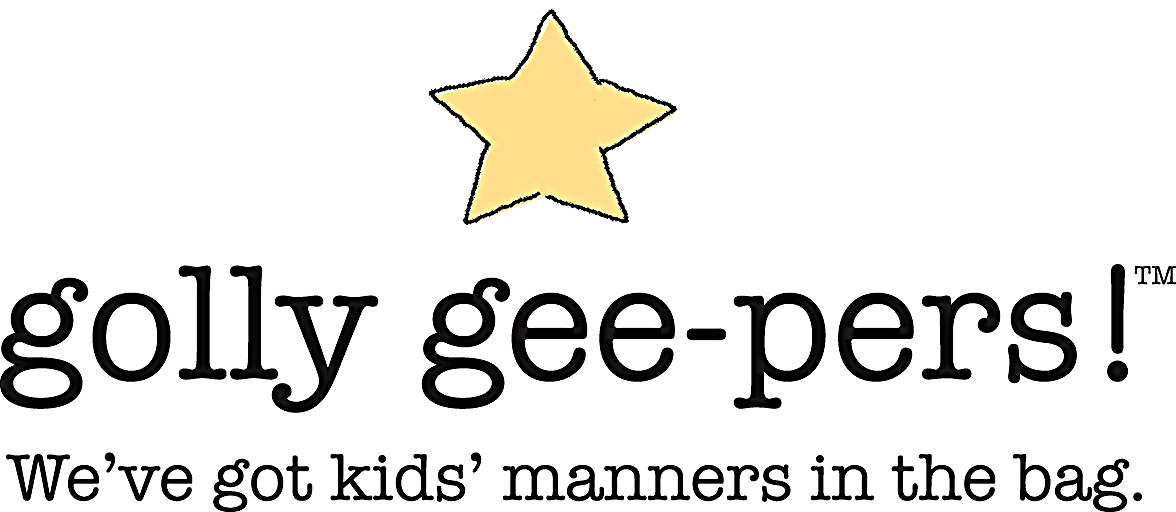The first tool alone, taught to children, could work wonders in the classroom or on the playground; reducing anxieties, improving attention, dealing with fear; all the things that can get in the way of productive academic and social learning.
Neuroscience backs this up folks. I’m sure many of us can relate to being asked to go to the front of the class to solve an equation on the blackboard and drawing a complete blank. Kids today are faced with a lot more challenging situations than that.
Lest I hear grumbling, “What? Another thing we or our schools have to implement?!" Let me quickly add…., WHAT IF IT WILL MAKE YOUR CHILDREN’S LIFE, THEIR TEACHER’S LIFE AND YOUR LIFE A WHOLE LOT EASIER?
Isn’t one of the main goals of parenting to have our children become ultimately independent? Usually we think of this in financial terms. We hear horror stories of children who are long into adulthood but who live at home and sponge off mom and dad but, what about social and emotional independence too? What does that even mean?
Stop for a moment and think how often our emotional and physiological responses to life seem beyond us. We don’t choose them. They just happen. We react to life, or put another way, we think life causes us to react the way we do. This can make us feel like slaves to life’s unpredictable events. For example, when people cut us off in traffic it might cause us to momentarily lose control of our vocabulary. Sometimes it’s much more destructive. How can we get to a place where we make decision about how we respond to life’s situations rather than simply re-acting?
Social Emotional Intelligence (the ability to recognize one's own and other people's emotions and respond with empathy, sharing and cooperation) is quickly being recognized in children as at least as important as cognitive ability when it comes to predicting adult success.1 And, we can teach this! Self-awareness, self-management, relationship skills, resilience, and responsible decision-making – that sounds like a better school, a better family, and a better community to me.
I’m sure there are people out there who say, “My kid get’s these lessons at home. Why should the school have to teach them?” The answer is, maybe they do, but other children aren’t necessarily getting this at home and children unequipped to handle their own emotions, responsibilities or life’s challenges affect everyone else around them. Also, I think I’m a pretty good parent, but if teachers are willing and want to incorporate this into their program I am all for it!
Hey, remember that manual we all got when we first became parents? Neither do I. Most of us go along, feeling our way in the dark. And teachers, wholly moley, the job they have these days; it’s exponential and not just for math teachers (a little joke there). I spent one year as a Girl Scout troop leader of 16 third graders. Let me tell you I gained a totally new perspective of the demands of “teaching.” So much time goes into behavior management even with the nicest of kids. I found myself putting out little fires here and there when all I really wanted to do was impart some Girl Scout wisdom and fun.
It’s pretty clear that traditionally in homes and in schools children’s behavior has been managed externally. There are the rules, the consequences for not following them and some authority figure(s) to enforce them. Wouldn’t all of our jobs be a lot easier if we could teach children to be internally motivated to be responsible, to get along with others and check their emotions? This is not crazy talk, but to do it a very clear and simple, let me reiterate simple, system or tool if you will, would be needed and now it exists!
I hope you will join me in supporting this effort. If you are interested in a school or district-wide TOOLBOX implementation, please contact us here:
https://dovetaillearning.org/contact/information-form/
Also, please share the Toolbox Project with friends, social media, and of course with your schools.
Many thanks for listening.
1July issue of the American Journal of Public Health






















 CONGRATULATIONS!!!
CONGRATULATIONS!!! 




